
Jürgen Habermas is a German philosopher and social theorist in the tradition of critical theory and pragmatism. His work addresses communicative rationality and the public sphere.

The Congrès Internationaux d'Architecture Moderne (CIAM), or International Congresses of Modern Architecture, was an organization founded in 1928 and disbanded in 1959, responsible for a series of events and congresses arranged across Europe by the most prominent architects of the time, with the objective of spreading the principles of the Modern Movement focusing in all the main domains of architecture.

Manfredo Tafuri was an Italian Marxist architect, historian, theoretician, critic and academic. He was described by one commentator as the world's most important architectural historian of the second half of the 20th century. He is noted for his pointed critiques of the partisan "operative criticism" of previous architectural historians and critics like Bruno Zevi and Siegfried Giedion and for challenging the idea that the Renaissance was a "golden age" as it had been characterised in the work of earlier authorities like Heinrich Wölfflin and Rudolf Wittkower.
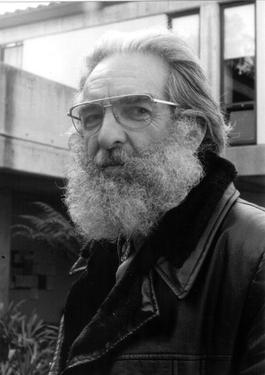
Peter Reyner Banham Hon. FRIBA was an English architectural critic and writer best known for his theoretical treatise Theory and Design in the First Machine Age (1960) and for his 1971 book Los Angeles: The Architecture of Four Ecologies. In the latter he categorized the Los Angeles experience into four ecological models and explored the distinct architectural cultures of each. A frequent visitor to the United States from the early 1960s, he relocated there in 1976.
Moishe Postone was a Canadian historian, sociologist, political philosopher and social theorist. He was a professor of history at the University of Chicago, where he was part of the Committee on Jewish Studies.
Sigfried Giedion was a Bohemian-born Swiss historian and critic of architecture. His ideas and books, Space, Time and Architecture, and Mechanization Takes Command, had an important conceptual influence on the members of the Independent Group at the Institute of Contemporary Arts in the 1950s. Giedion was a pupil of Heinrich Wölfflin. He was the first secretary-general of the Congrès International d'Architecture Moderne, and taught at the Massachusetts Institute of Technology, Harvard University, and the ETH-Zurich.

Bruno Zevi was an Italian architect, historian, professor, curator, author, and editor. Zevi was a vocal critic of "classicizing" modern architecture and postmodernism.
Docomomo International is a non-profit organization whose full title is: International Committee for Documentation and Conservation of Buildings, Sites and Neighbourhoods of the Modern Movement.
Critical historiography approaches the history of art, literature or architecture from a critical theory perspective. Critical historiography is used by various scholars in recent decades to emphasize the ambiguous relationship between the past and the writing of history. Specifically, it is used as a method by which one understands the past and can be applied in various fields of academic work.
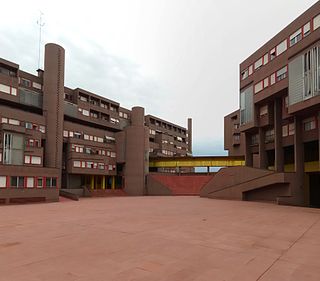
Carlo Aymonino was an Italian architect and urban planner best known for the Monte Amiata housing complex in Milan.

Arif Dirlik was a Turkish-American historian who published on historiography and political ideology in modern China, as well as issues in modernity, globalization, and postcolonial criticism. Dirlik received a BSc in electrical engineering at Robert College, Istanbul in 1964 and a PhD in history at the University of Rochester in 1973.
Hilde Heynen is professor of architectural theory at the Katholieke Universiteit Leuven. She researches modernism, modernity, and gender in architecture. Heynen is the author of several books and publishes regularly in architectural journals such as the Harvard Design Magazine, The Journal of Architecture, and The Architectural Review of which she is a member of the editorial board. She is also a board member of the European Association of Architectural Education (EAAE) and the Society of Architectural Historians (SAH).
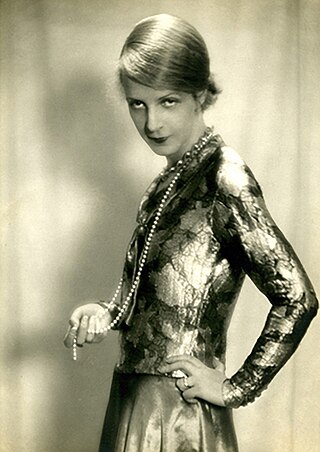
Sibyl Moholy-Nagy was an architectural and art historian. Originally a German citizen, she accompanied her second husband, the Hungarian Bauhaus artist László Moholy-Nagy, in his move to the United States. She was the author of a study of his work, Moholy-Nagy: Experiment in Totality, plus several other books on architectural history.
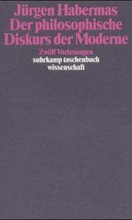
The Philosophical Discourse of Modernity: Twelve Lectures is a 1985 book by the philosopher Jürgen Habermas, in which the author reconstructs and deals in depth with a number of philosophical approaches to the critique of modern reason and the Enlightenment "project" since Georg Wilhelm Friedrich Hegel and Friedrich Nietzsche, including the work of 20th century philosophers Max Horkheimer, Theodor Adorno, Martin Heidegger, Michel Foucault, Jacques Derrida, Cornelius Castoriadis and Niklas Luhmann. The work is regarded as an important contribution to Frankfurt School critical theory. It has been characterized as a critical evaluation of the concept of world disclosure in modern philosophy.

Reactionary modernism is a term first coined by Jeffrey Herf in the 1980s to describe the mixture of "great enthusiasm for modern technology with a rejection of the Enlightenment and the values and institutions of liberal democracy" that was characteristic of the German Conservative Revolutionary movement and Nazism. In turn, this ideology of reactionary modernism was closely linked to the original, positive view of the Sonderweg, which saw Germany as the great Central European power, neither of the West nor of the East.
Space, Time and Architecture: The Growth of a New Tradition is a book by Sigfried Giedion first published in 1941. It is a pioneering and influential standard history giving in integrated synthesis the background and cultural context of modern architecture and urban planning, set in their manifold cultural relationships "with other human activities and the similarity of methods that are in use today in architecture, construction, painting, city planning and science." The book was immediately recognized for the author's "monumental and catholic curiosity which compels him to penetrate long neglected nineteenth century by-lanes and reveal to modern eyes their importance for an appreciation of the complex culture of that period and our own."
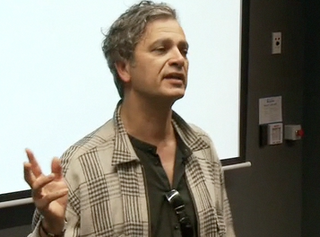
Nikolas Kompridis is a Canadian philosopher and political theorist. His major published work addresses the direction and orientation of Frankfurt School critical theory; the legacy of philosophical romanticism; and the aesthetic dimension(s) of politics. His writing touches on a variety of issues in social and political thought, aesthetics, and the philosophy of culture, often in terms of re-worked concepts of receptivity and world disclosure—a paradigm he calls "reflective disclosure".
Off-modern, a word invented by Svetlana Boym, is defined as a detour into the unexplored potentials of the modern project. It recovers unforeseen pasts and ventures into the side-alleys of modern history at the margins of error of major philosophical, economic and technological narratives of modernization and progress. Off-modern reflection involves exploration of the lateral potentialities of the project of critical modernity. In other words, it opens into the “modernity of what if” rather than simply modernization as it is. As such, the term can be understood as an intervention in the larger theoretical discussion surrounding modernity, postmodernity, hypermodernity, altermodernity, late modernity, and post-postmodernism.
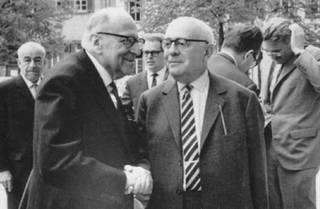
A critical theory is any approach to humanities and social philosophy that focuses on society and culture to attempt to reveal, critique, and challenge power structures. With roots in sociology and literary criticism, it argues that social problems stem more from social structures and cultural assumptions than from individuals. Some hold it to be an ideology, others argue that ideology is the principal obstacle to human liberation. Critical theory finds applications in various fields of study, including psychoanalysis, film theory, literary theory, cultural studies, history, communication theory, philosophy, and feminist theory.
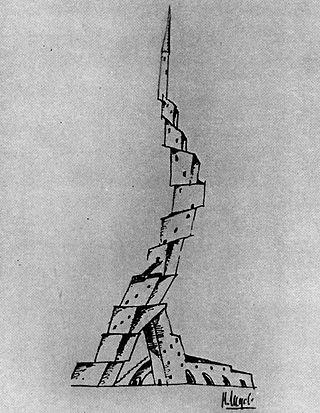
Avant-garde architecture is architecture which is innovative and radical. There have been a variety of architects and movements whose work has been characterised in this way, especially Modernism. Other examples include Constructivism, Neoplasticism, Neo-futurism, Deconstructivism, Parametricism and Expressionism.













